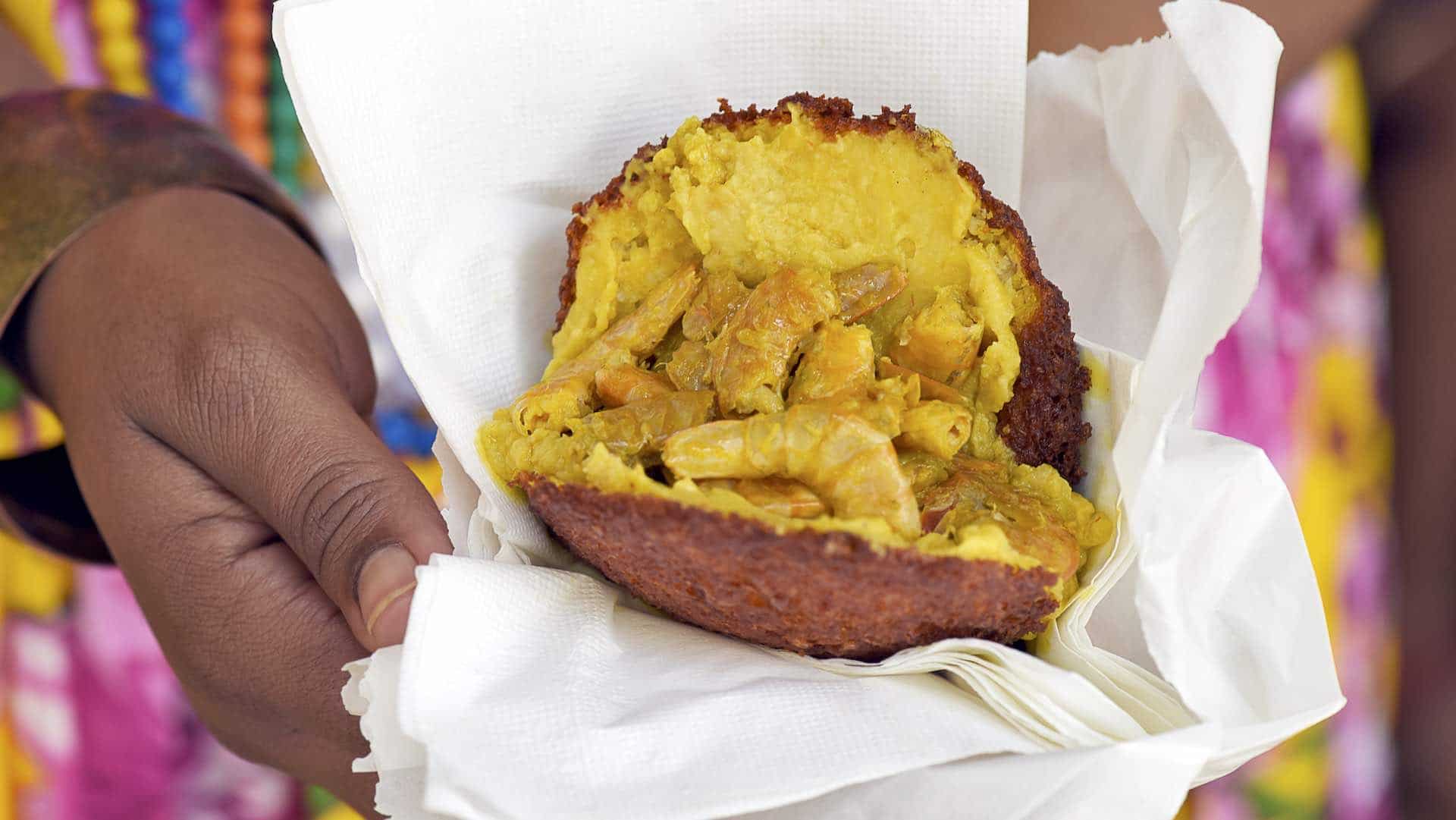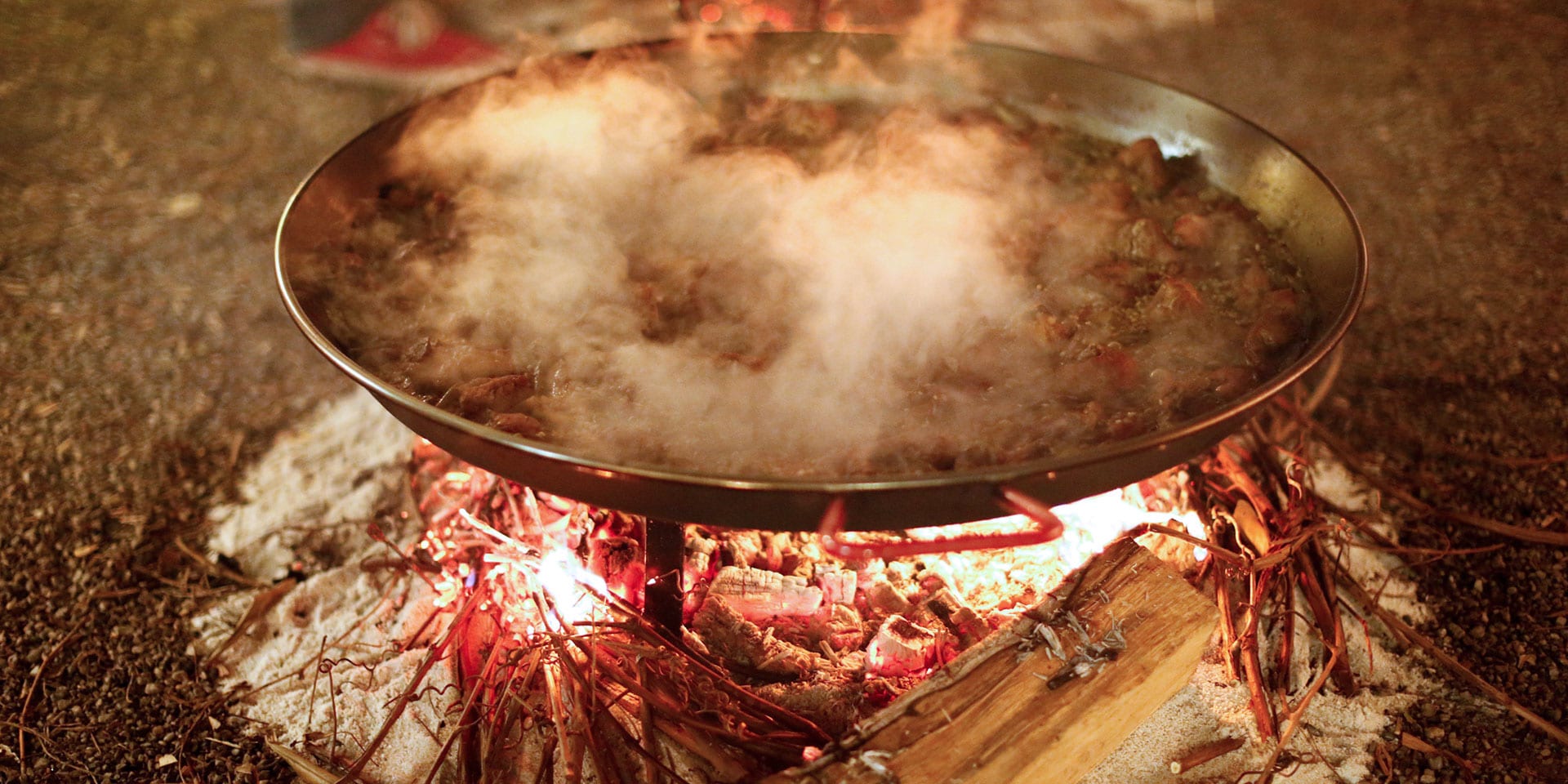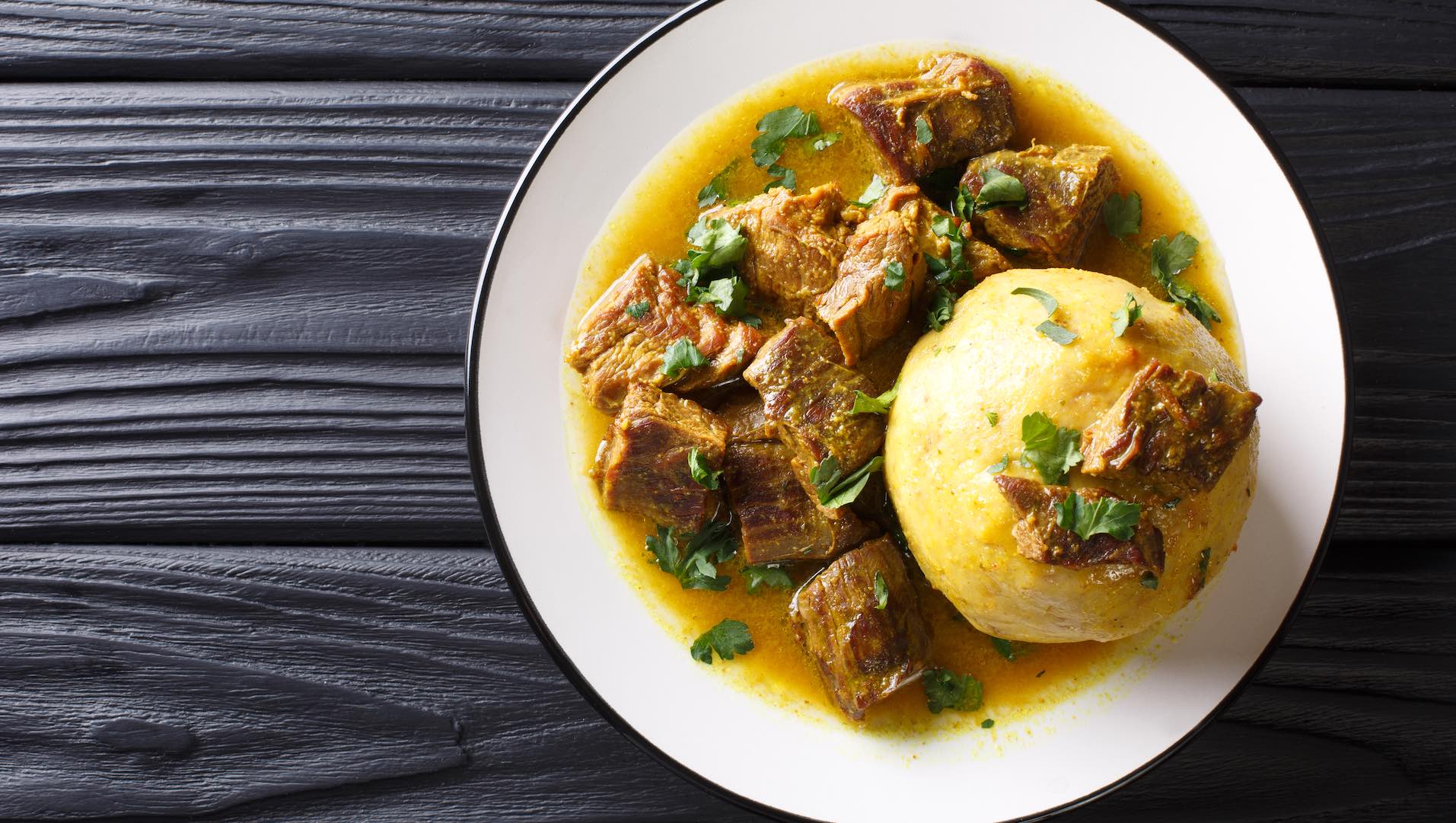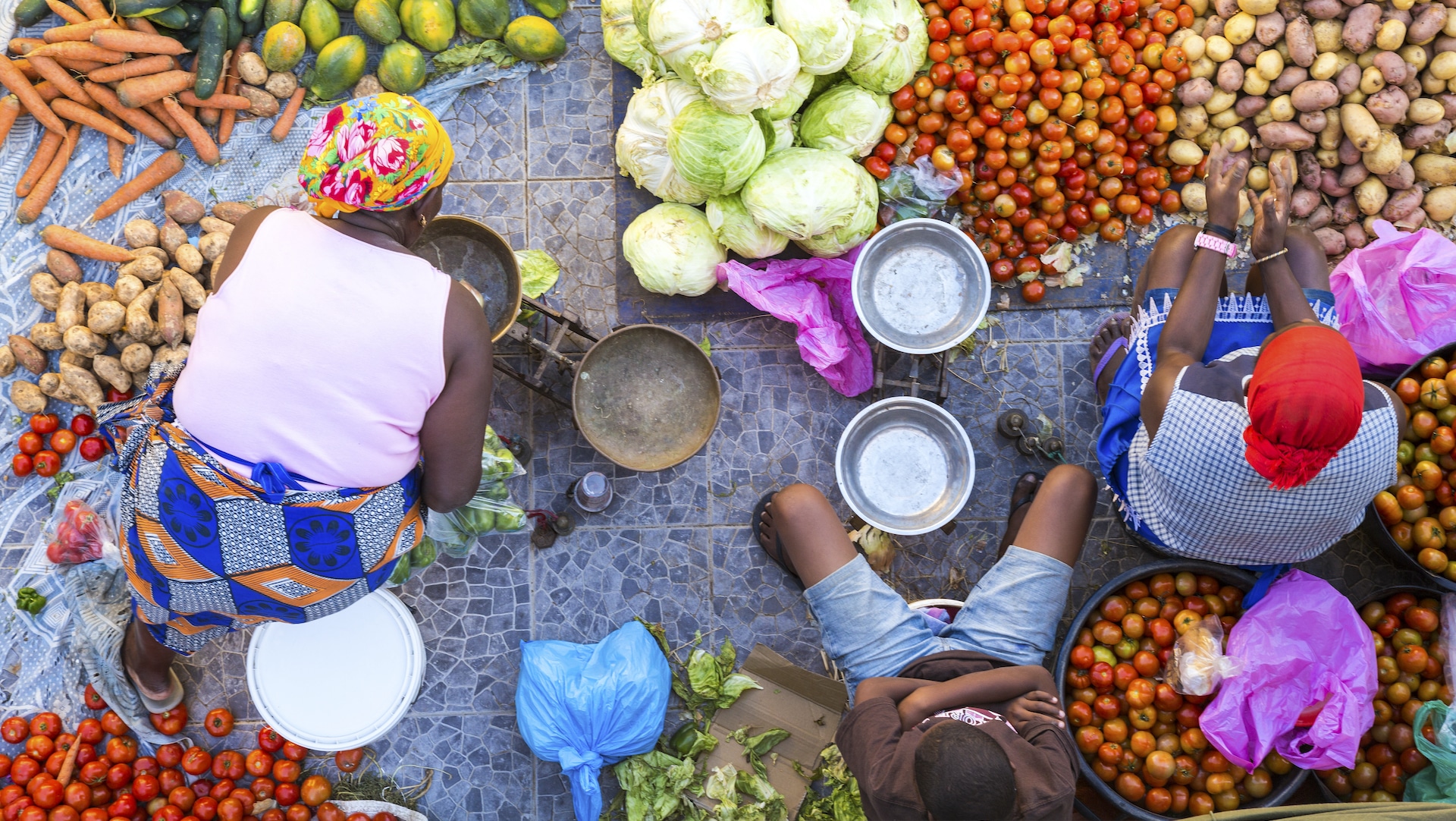When talking about food, one has to talk about movement. Food is not static and unchanging; it is a collection of stories, people and traditions carried from one generation to the next. And African influences in food can be found nearly anywhere around the globe: in Spain, throughout South America and right here in the United States and beyond.
These connections are not happenstance, however. The trans-Atlantic slave trade was responsible for shuttling millions of Africans from the only home they knew. With them, they brought their ways of cooking, and they adapted to the new place they came to call home. And these ways of cooking thus took hold, living and breathing through new generations. Today they still remain.
As always, check for travel restrictions and closures before planning your trip.
Louisiana — Jambalaya
The heart of Cajun and Creole cooking, jambalaya is a dish you’d be sure to find anywhere within the state of Louisiana, whether in New Orleans or Baton Rouge. But this integral dish has clear African roots — it is often said that jambalaya is the cousin of West African jollof rice.
Both rice dishes have tomatoes as a base, but with jambalaya, the holy trinity comes into play: bell peppers, onions and celery. Andouille sausage is also a standard in jambalaya along with either chicken or shrimp.
Low Country South Carolina — Red Rice
Yet another rice dish, South Carolinian red rice is a comforting derivative of the ever-popular West African jollof rice. Red rice, however, is a distinctly Charleston dish, with roots from the Gullah Geechee people, direct descendants of enslaved Africans, who are native to South Carolina’s low country.
To make the red rice, tomatoes are combined with onions, garlic and bacon grease then cooked on a low simmer.
Brazil — Acarajé

Brazil is home to South America’s largest population of descendants of enslaved Africans, so it’s certainly no surprise that many foods here tie back to the continent. Take, for instance, acarajé, in which black-eyed peas are mashed and deep fried in palm oil and often stuffed with shrimp or other meat.
Known as akara in English, this street snack is popular throughout Nigeria, Mali, Benin and other African countries. In Brazil, acarajé is found most commonly in the northeastern state of Bahia.
Cuba — Quimbombo
Throughout the Southern United States, okra fried in a batter of flour or cornmeal is a side dish to fried chicken or fried fish. But this crop is indigenous to West Africa, and its presence elsewhere in cuisine is due to that connection and the movement of enslaved Africans via the trans-Atlantic slave trade.
In Cuba, it’s showcased in quimbombo, or okra stew. Traditionally, braised pork shoulder is cooked in a thick soup of bell peppers, tomatoes and garlic. Quimbombo pairs well with steamed or boiled rice.
Colombia — Rondón
On the Caribbean shores of San Andres, Colombia, there’s one dish you’re sure to find — rondón. This dish, somewhere between a soup and a stew, hails traditionally from both Jamaica and Trinidad and Tobago, getting its fabled name from whatever the cook was able to “run down,” or get her hands on, that day to cook.
Seafood constitutes the base of this dish, typically a combination of crab, shellfish or fish, along with plantain or yucca, coconut milk, garlic, ginger and other aromatics.
Belize — Hudutu
Journey to Hopkins Village of Belize and you’ll wander upon the Garifuna people, those of mixed ancestry of Central and West Africa, Europe and other Caribbean islands. One of their key — and comforting — dishes is hudutu, a fish stew served with pounded plantain. Fish is cooked in thick coconut milk and cilantro broth and plantain pounded with a mortar and pestle in the same fashion as Puerto Rican mofongo.
Spain — Paella

Perhaps one of Spain’s most popular dishes, the origins of the rice dish paella actually stem from an African culinary connection — specifically, when the North African Moors occupied the country. Paella, originating on the southern coast of Spain in Valencia, is cooked in a wide, flat-bottomed pan until the rice cooks to a browned crust on the underside.
In Valencia, calamari, mussels, prawns and even rabbit are traditionally included among the rice, along with peas and saffron for coloring and flavor.
Puerto Rico — Mofongo

Fried green plantains mashed into a paste with garlic, salt, broth, olive oil and a topping of pickled red onions comprise mofongo, a Puerto Rican delight. This dish, however, has ties to the African continent and the integral crop of plantain.
Though plantain is native to both Asia and Africa, in West Africa in particular it reigns supreme. This region of the world is one of the top plantain producing regions, accounting for roughly 32 percent of global production. Mofongo is typically paired with rice and beans, chicharrón and shrimp.
Dominican Republic — Mangú
The Dominican Republic has a different twist on green plantains that is similar to Puerto Rico’s mofongo — mangú. Something eaten for breakfast, mangú is made of plantains or green bananas that are boiled and then mashed with either margarine, butter or the starchy water they were cooked in. For serving, pickled red onions top it.




